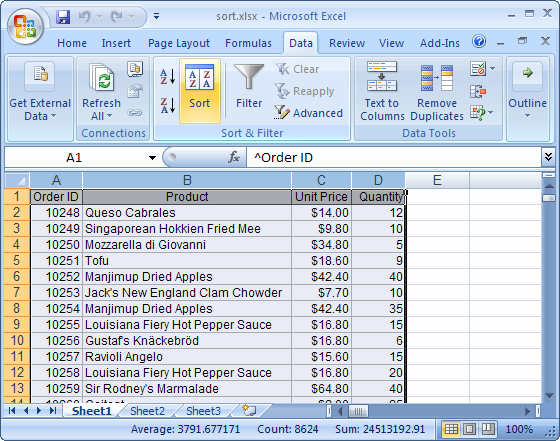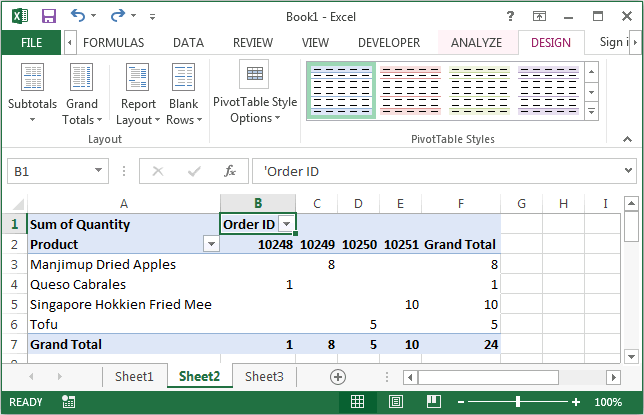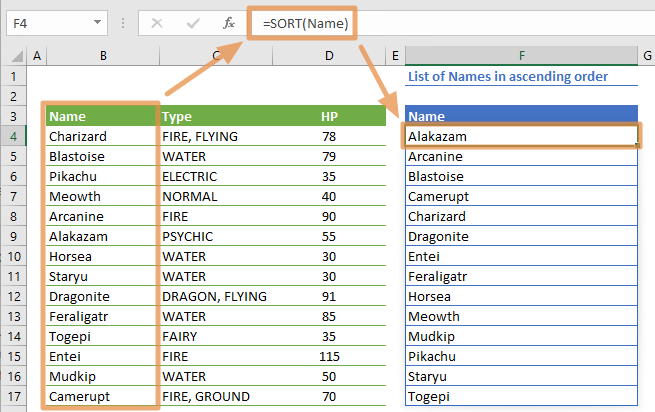
When you do this, text entries are sorted from A to Z or from Z to A, numbers are sorted from smallest to largest or from largest to smallest, and dates or times are sorted from oldest to newest or newest to oldest. Note: You can also quickly sort data in ascending or descending order by clicking A to Z or Z to A.

You can't sort data by a specific format, such as cell or font color, or by conditional formatting indicators, such as icon sets. Unlike sorting data in a range of cells on a worksheet or in an Excel for Mac table, you can't sort case-sensitive text entries. For optimal sort results, you should remove any spaces before you sort the data. For information about changing the locale setting, see the Mac Help system.ĭata such as text entries may have leading spaces that affect the sort results. Make sure that you have the correct locale setting in Language and Text in System Preferences on your computer.



The problem is that there are not 31 days in February. You can select a year and month and a formula calculates the right number of days in the last drop down list, however if you choose "January" and day 31 and then selects February which is possible. You can copy the drop-down lists and paste anywhere in the workbook but they have to be in the same order and adjacent. The drop down calendar in the image above uses a "calculation" sheet and a named range. Author: Oscar Cronquist Article last updated on January 10, 2019


 0 kommentar(er)
0 kommentar(er)
